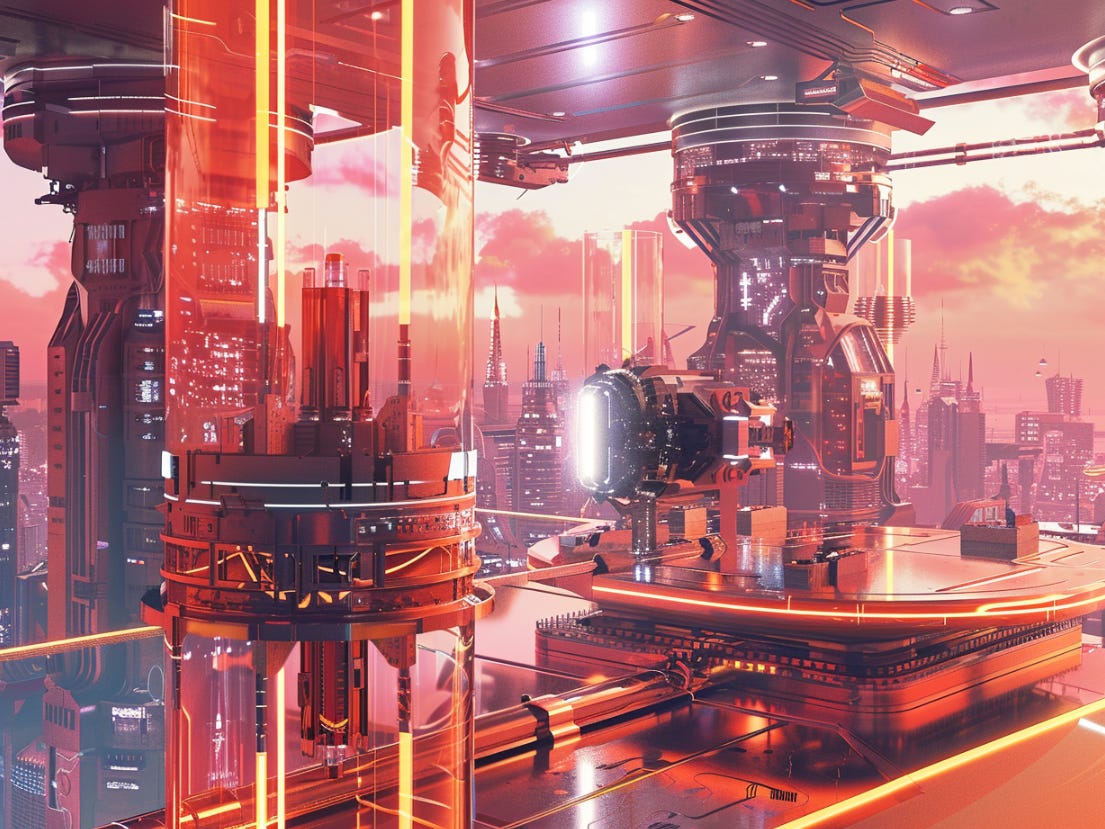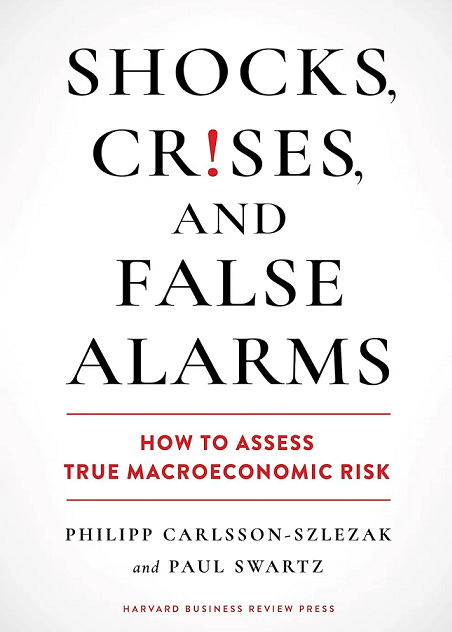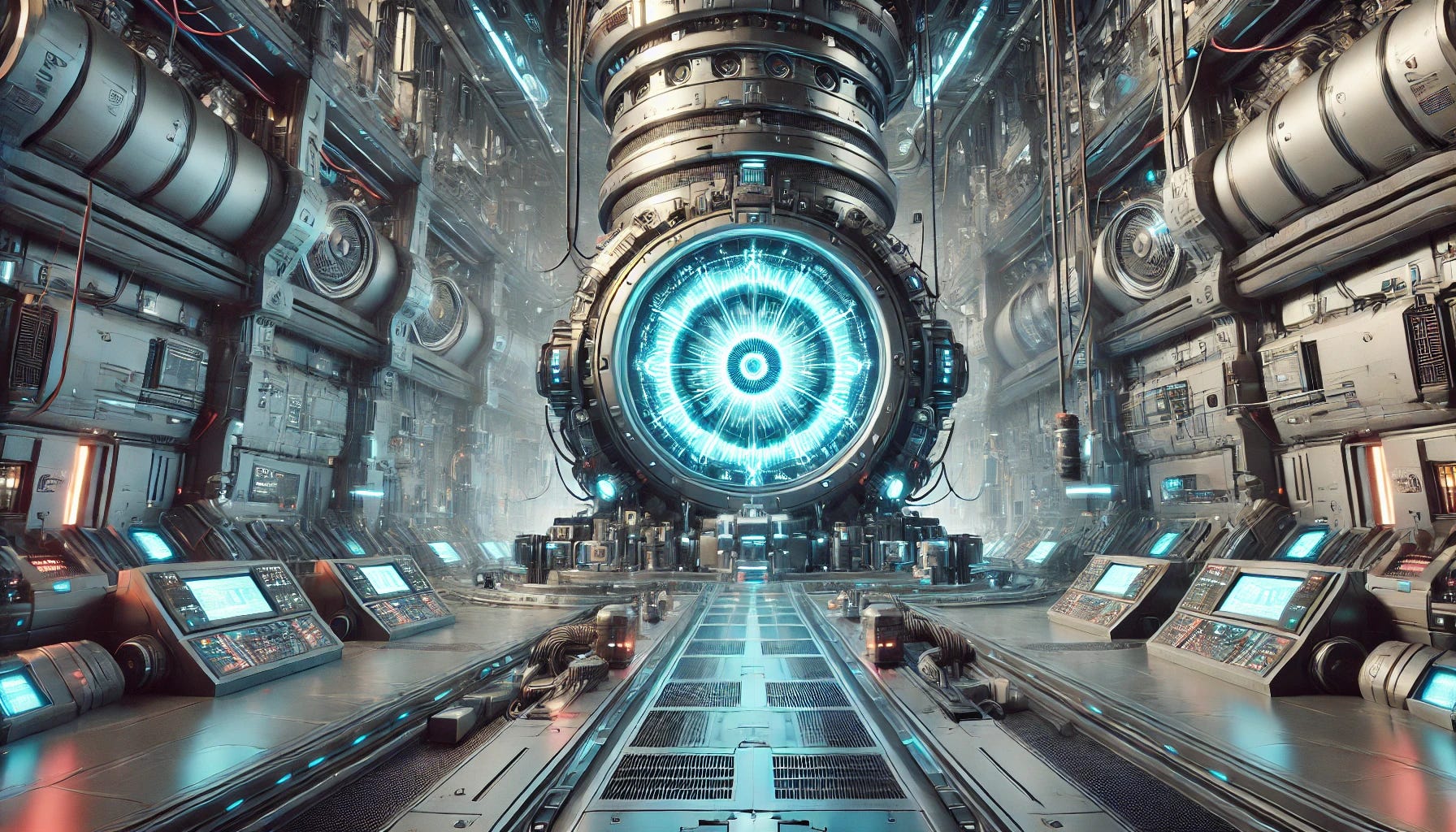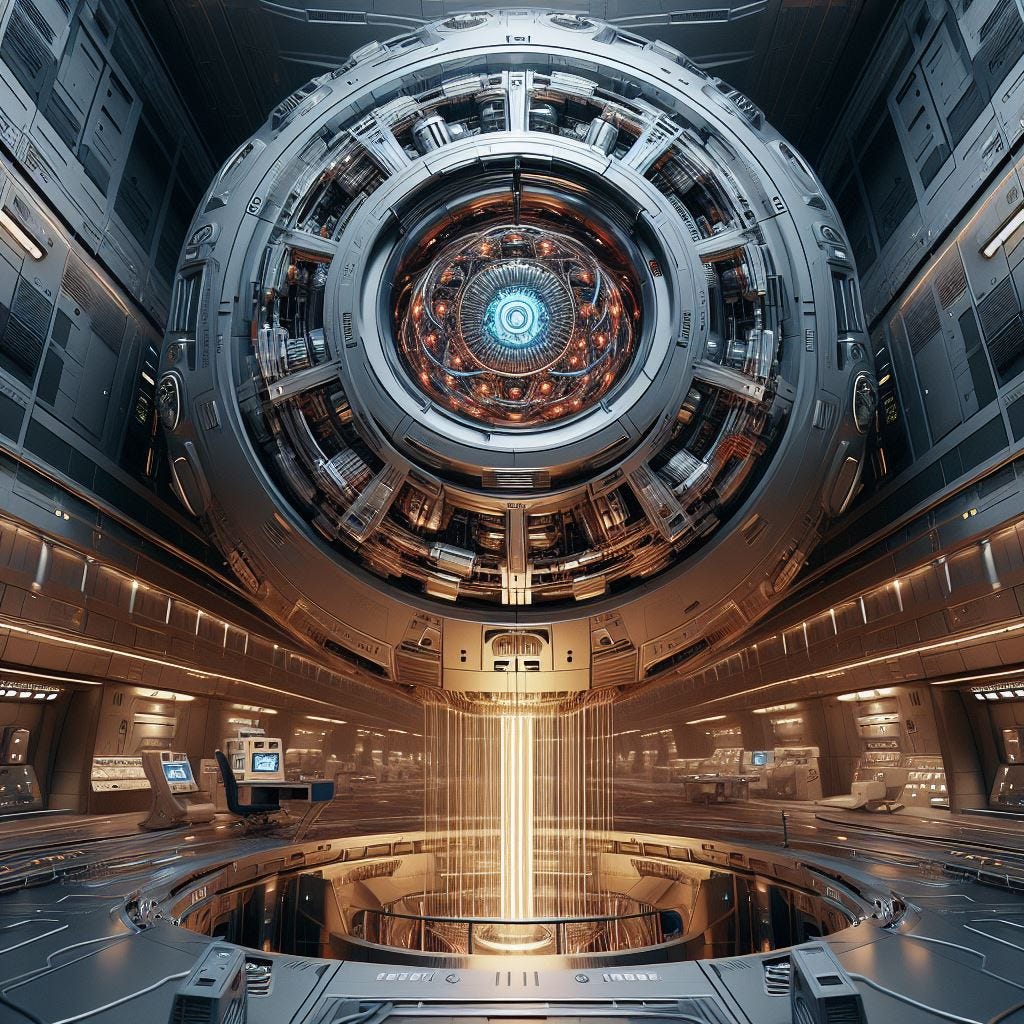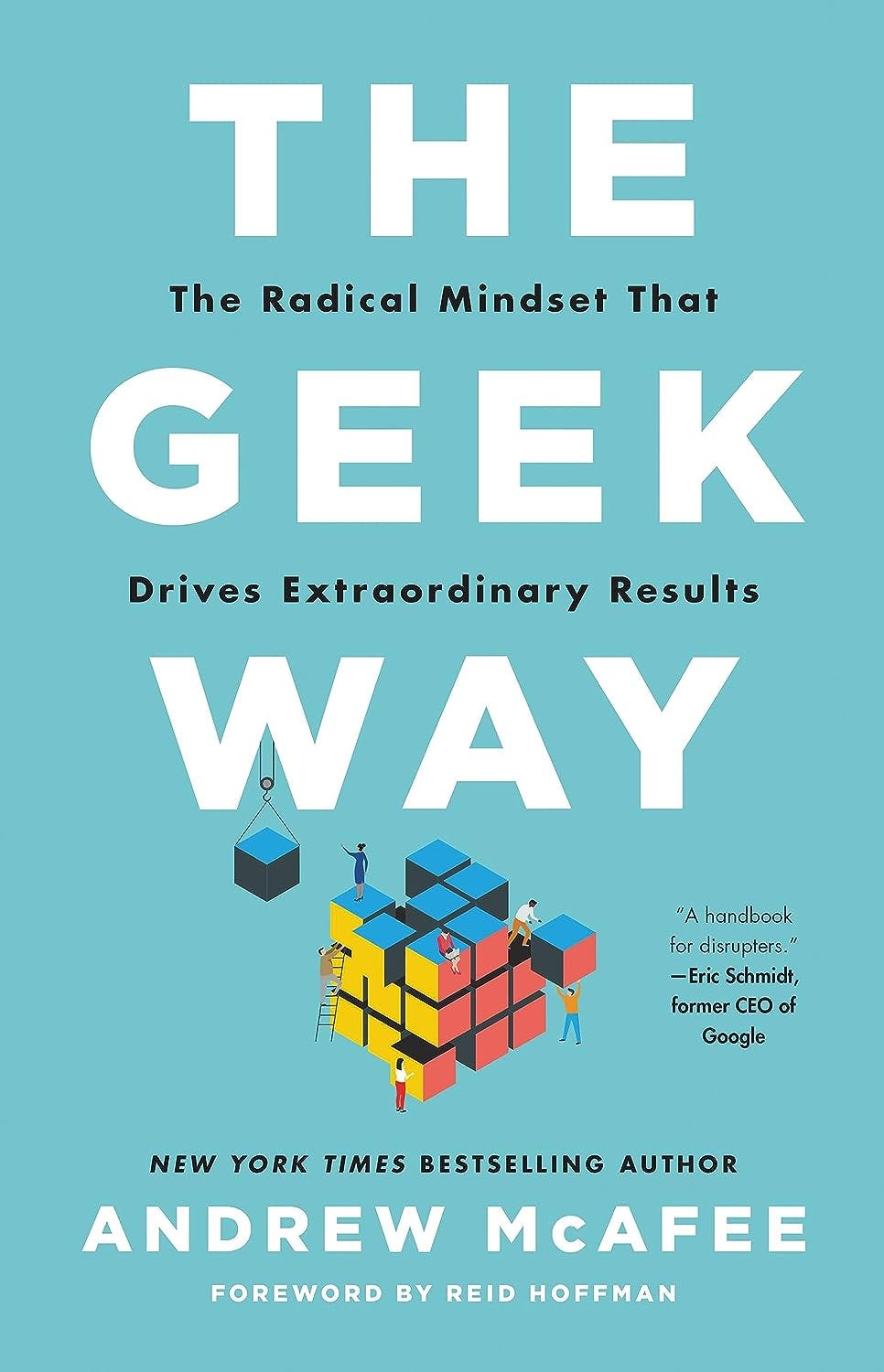⚡⚛ My chat (+transcript) with Steve Obenschain of LaserFusionX on laser fusion
Description
As private and government interest in nuclear fusion technology grows, an array of startups have arisen to take on the challenge, each with their own unique approach. Among them: LaserFusionX. Today on Faster, Please!—The Podcast, I talk with CEO Stephen Obenschain about the viability of fusion energy, and what sets his approach apart.
Obenschain is the president of LaserFusionX. He was formerly head of the Plasma Physics Division branch at the U.S. Naval Research Laboratory.
In This Episode
* Viability of commercial fusion (0:58 )
* The LaserFusionX approach (7:54 )
* Funding the project (10:28 )
* The vision (12:52 )
Below is a lightly edited transcript of our conversation
Viability of commercial fusion (0:58 )
Pethokoukis: Steve, welcome to the podcast.
Obenschain: Okay, I'm glad to talk with you. I understand you're very interested in high-tech future power sources, not so high tech right now are windmills…
Well, I guess they're trying to make those more high tech, as well. I recall that when the Energy Department, the National Ignition Laboratory [NIF], they had the—I guess that's over about maybe 15 months ago—and they said they had achieved a net gain nuclear fusion, using lasers, and the energy secretary made an announcement and it was a big deal because we had never done that before by any means. But I remember very specifically people were saying, “Listen, it's a great achievement that we've done this, but using lasers is not a path to creating a commercial nuclear reactor.” I remember that seemed to be on the news all the time. But yet you are running a company that wants to use lasers to create a commercial fusion reactor. One, did I get that right, and what are you doing to get lasers to be able to do that?
I don't know why people would come to that conclusion. I think we are competitive with the other approaches, which is magnetic fusion, where you use magnetic fields to confine a plasma and get to fusion temperatures. The federal government has supported laser fusion since about 1972, starting with the AEC [Atomic Energy Commission]. Originally it was an energy program, but it has migrated to being in support stockpiled stewardship because, with laser fusion, you can reach physics parameters similar to what occur in thermonuclear weapons.
Yeah. So that facility is about nuclear weapons testing research, not creating a reactor—a fusion reactor.
Yeah. All that being said, it does advance the physics of laser fusion energy, and what the National Ignition Facility did is got so-called ignition, where the fuel started a self-sustaining reaction where it was heating itself and increasing the amount of fusion energy. However, the gain was about three, and one of the reasons for that is they use so-called indirect drive, where the laser comes in, heats a small gold can, and the X-rays from that then that drive the pellet implosion, which means you lose about a factor of five in the efficiency. So it's limited gain you get that way.
Your way is different. It sort of cuts out the middleman.
Okay. The better way to go—which, we're not the only ones to do this—is direct drive, where the laser uniformly illuminates the target at the time that Livermore got started with indirect drive, we didn't have the technologies to uniformly illuminate a pellet. First at NRL [Naval Research Laboratories], and then later at University of Rochester in Japan, they developed techniques to uniformly illuminate the pellets. The second thing we're doing is using the argon fluoride laser. The argon fluoride laser has been used in lithography for many years because it's deep UV.
The unique thing we have been trying to do—this was when I was supervising the program at the Naval Research Laboratory—was to take it up to high energy. We started years ago with a similar Krypton fluoride laser, built the largest operating target shooter with that technology, demonstrated the high repetition rate operation that you need for energy and NIF will shoot a few times a day—you need five to 10 shots per second to do a power plant—demonstrated that on a krypton fluoride laser, and, more recently, we switched to the focus to argon fluoride, which is deeper UV and more efficient than the Krypton fluoride. And that basically—at NRL when I was supervising it—reached the energy record for that technology. But we've got a long ways to go to get it to the high energy needed for a power plant.
Now, what the immediate goal of my company is to get the funds and to build a beam line of argon fluoride that would have the energy and performance needed for a power plant. One of the advantages to laser fusion: you want have a situation where I'm building more than one of something, so for an implosion facility, you have many beam lines, so you build one and then you have the advantage of building more, and a learning curve as you go toward a power plant. We developed a phase program where first we build the beamline, then we build a NIF-like implosion facility only operating with the argon fluoride, demonstrate the high gain—which is a hundred plus for a power plant—and then, after doing that, do the physics in parallel, develop the other technology you need, like low-cost targets. (They can't be expensive. The NIF targets are probably tens of thousands. We can't spend that.) We're going 10 shots per second. All the technologies required for a pilot power plant build a pilot power plant, which, in my view could be maybe 400 megawatts electricity. However, its main function would be to develop the procedures, test the components, and so forth for the follow-on, mass-produced power plants. So one, when you build a pilot power plant, you want to operate it for a few years to get the kinks out before going to mass production. The vision is to go from the beginning of that to the end in about 16 years.
So the challenges are you have to generate enough heat, and you have to be able to do this over, and over, and over again.
Right. That's right. It has to be high reliability. For an implosion facility, a hundred-thousand-shot reliability is okay. For a power plant, it's got to be in the billion-shot class.
And at this point, the reason you think this is doable is what?
I think we have confidence in the pellet designs. I have a lot, and I have colleagues that have a lot of experience with building large excimer systems: KrF [Krypton Fluoride Excimer Laser], ArF [Argon Fluoride Excimer Laser]…
Those are lasers?
Yes. And we have credible conceptual designs for the facility.
There’s a lot of companies right now, and startups, with different approaches. I would assume you think this is the most viable approach, or has some other advantages over some of the other things we're seeing with Commonwealth Fusion Systems, which gets mentioned a lot, which is using a different approach. So is the advantage you think it's easier to get to a reactor? What are the advantages of this path?
The LaserFusionX approach (7:54 )
Well, for one, it's different. It's different challenges from the Commonwealth Fusion Systems. There is overlap, and there should be collaboration. For example, you have to, theirs is also deuterium-tritium. However, the physics challenges are different. I think we're farther along in laser fusion to be able—it's a simpler situation than you have. It's very complex interactions in tokamak, and you also have things… have you ever heard of a disruption? Basically it's where all of the magnetic energy all of a sudden goes to the wall, and if you have something like what Commonwealth Fusion Systems—they’ve got to be careful they don't get that. If they do, it would blow a hole in the wall. We don't have that problem with laser fusion. I think we're further along in understanding the physics. Actually, the National Ignition Facility is ahead of the highest fusion gains they've gotten in facilities. I think that they're somewhere just below one or so with the jet. They're up at one and a half.
To what extent are the challenges of physics and science, and to what extent are the challenges engineering?
Well, the physics has to guide the precision you have on the laser. And I won't say we're 100 percent done in the physics, but we're far enough along to say, okay. That's one reason where I envision building an implosion facility before the pilot power plant so we can test the codes an

